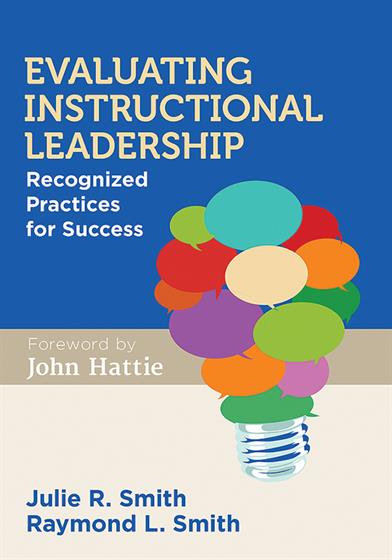Description
Improve principal evaluation and create highly effective leaders!
Even with great teachers, student achievement hinges on an effective principal. Behind every high-quality principal is an airtight system of leadership evaluation that consistently rewards excellence and remedies deficits.
While teacher evaluation methods have improved, instructional leadership evaluation has often stood still—and student learning and achievement have paid the price.
This book identifies the major problems in this process and articulates clear solutions. The result is a blueprint for ensuring the best person for the job is occupying the principal’s chair. Content includes:
- Extensive data, presented in a user-friendly manner
- Clear connections to the ISLLC Standards for School Leaders
- A suite of interactive tools including sample self-assessments, mid-year and final evaluation forms, and professional growth plans
See the 8 Recognized Practices and their accompanying seminars!
“This book not only highlights the key messages about the role of the leader, but it is does so in a way that is engaging, practical, and reflects the Smiths’ long history of being school leaders, teaching school leaders, and seeing the effects of their teaching. I have seen the Smiths in action, separately and together, and they know how to lead and how to teach, they have a strength of purpose they do not waver from, and these attributes come through in this book.”
-John Hattie, Director
Melbourne Education Research Institute, University of Melbourne
"After reading this book, you'll truly understand what it takes to grow as a lead learner. We can always get better. This book provides quality insight on strategies that will make good leaders great."
-Brad Currie, School Leader, Corwin Author and Co-Founder of #Satchat
Bring Ray and Julie to your school or district!
Key features
The book offers a clear connection to ISLLC Standards for School Leaders.
It will offer an evaluation model for school leaders based on research from authorities such as John Hattie and Viviane Robinson.
In addition to the model, the book will provide numerous tools:
- Performance rubrics
- Sample self-assessments
- Mid-year evaluation
- Professional growth plan
- Final evaluation forms
- Many tables, figures, and exhibits to help deepen readers’ understanding of the content




